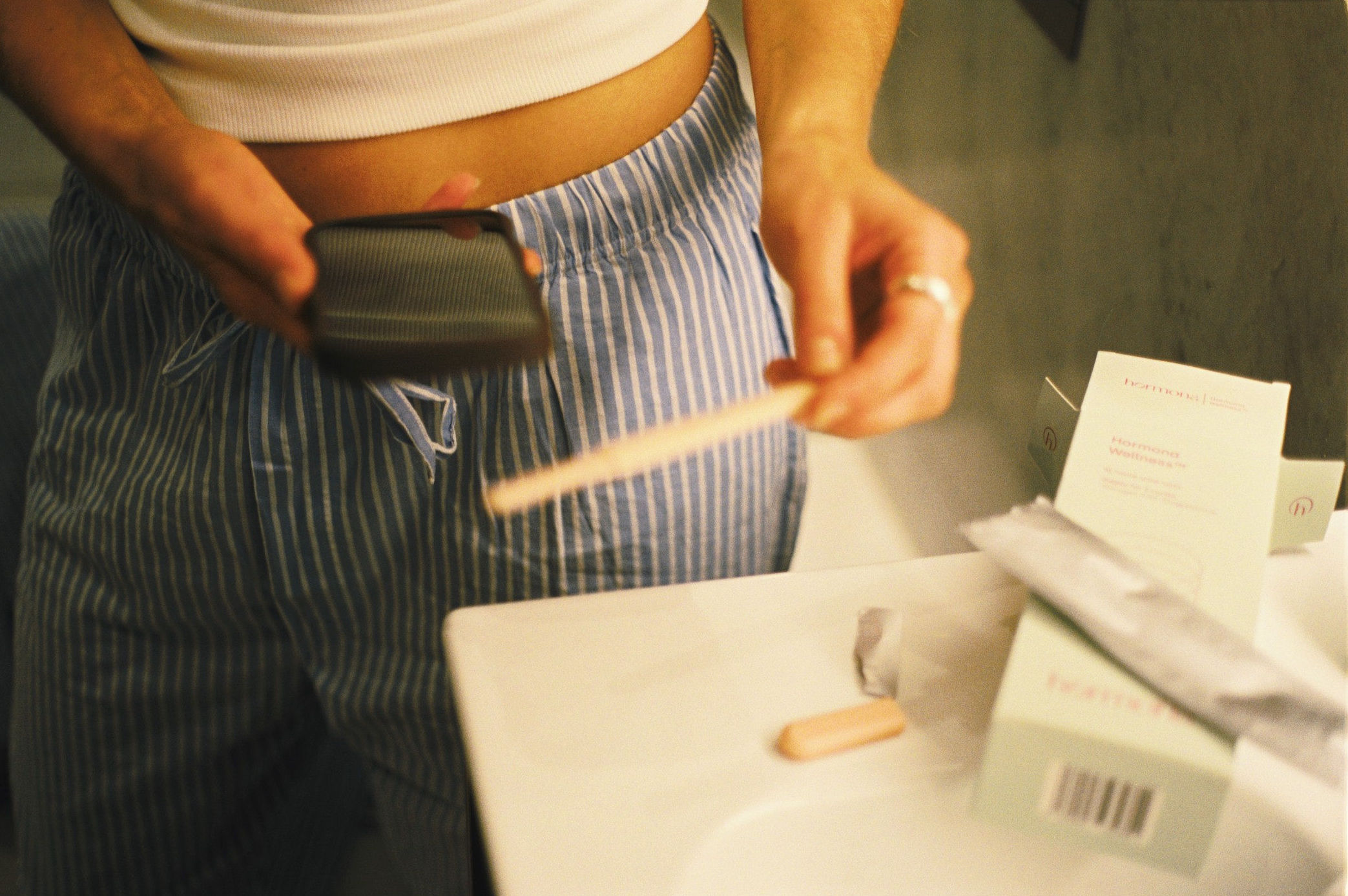
We spend so much of our lives caring for others that it’s all too easy to forget that we need to take care of ourselves. How often do you simply take time to work on and care for yourself?
Self-care, like bathing should be a habit we practice daily rather than waiting until we reach breaking point to do something about it.
And the power of touch through reflexology is an amazing way to feel better.
Reflexology is a type of massage that is predominantly performed on the hands and feet, by applying pressure and other manual techniques to specific reflex areas, which help provide whole body holistic healing.
Its origins can be traced back to ancient times, specifically in India, China and Egypt, but reflexology as we know it was introduced to the western world in the early 1900s.
In the 1890s, neurologist Dr Henry Head discovered that there was a relationship between the skin and the internal organs. This relationship was investigated further by Dr William Fitzgerald in Vienna in the 1900s, who discovered that when pressure was applied to certain bony prominences on the body, a reflex response happened on another part of the body, and that all these reflex responses occurred in longitudinal zones of the body. He further discovered that by working on one zone affected everything within that zone. This became known as Zone Therapy.
It wasn’t until the 1930s that Eunice Ingham evolved Zone Therapy into what we now call Reflexology through the use of reflex techniques on the hands and feet. He did this by mapping out the feet to show what parts of the body each part of the foot corresponded to, and therefore which organs and systems of the body these reflex techniques had a beneficial effect on.
And whilst it is relaxing to receive reflexology from a trained professional, it is possible to perform reflexology on yourself to achieve better physical and emotional wellbeing.
Let’s face it most people have ticklish feet, but if you overcome the urge to giggle, this is a simple self-care idea will help you relax, improve your general wellbeing, stimulate your circulation and can help relieve minor ailments.
As always though please check with your doctor beforehand, especially if you are suffering from a pre-existing medical condition.
Before starting your self-care reflexology make sure your feet are clean, warm and relaxed. You could always turn it into a complete spa session by soaking your feet in warm water and adding beautifully scented bubbles before drying and massaging with your favourite scented lotion or oil.
Suggested read: Bone setting. Would you be brave enough to try?
It is important to be aware of how your body reacts as you massage the different areas of the foot. If you find any tender or sensitive areas treat them with extra care as they could indicate an underlying condition.
If you don’t fancy touching your own feet, I know some people don’t, then once life gets back to some semblance of normality following lockdown why not treat yourself to regular sessions with a professional reflexologist to keep you calm and relaxed in mind, body and spirit?
Until next time darlings.
Claire
Xx

-


Dr Singh is the Medical Director of the Indiana Sleep Center. His research and clinical practice focuses on the myriad of sleep.

When do you ovulate after giving birth? The postpartum whirlwind can make life extra hectic, and it’s easy to lose track of where you are in your menstrual cycle. Just like every woman is unique, so is the healing period

What is considered a short luteal phase? As we discussed earlier, there are two phases of the menstrual cycle, each playing a key role in your reproductive health. The luteal phase is especially important for anyone trying to conceive since

What is hormone imbalance? Before we discuss what a hormone imbalance is, it’s important to go over what hormones are and where they come from. As we discussed above, hormones are chemical messengers that tell your tissues and organs what
Hormona© 2024, All Rights Reserved
| Cookie | Duration | Description |
|---|---|---|
| cookielawinfo-checkbox-analytics | 11 months | This cookie is set by GDPR Cookie Consent plugin. The cookie is used to store the user consent for the cookies in the category "Analytics". |
| cookielawinfo-checkbox-functional | 11 months | The cookie is set by GDPR cookie consent to record the user consent for the cookies in the category "Functional". |
| cookielawinfo-checkbox-necessary | 11 months | This cookie is set by GDPR Cookie Consent plugin. The cookies is used to store the user consent for the cookies in the category "Necessary". |
| cookielawinfo-checkbox-others | 11 months | This cookie is set by GDPR Cookie Consent plugin. The cookie is used to store the user consent for the cookies in the category "Other. |
| cookielawinfo-checkbox-performance | 11 months | This cookie is set by GDPR Cookie Consent plugin. The cookie is used to store the user consent for the cookies in the category "Performance". |
| viewed_cookie_policy | 11 months | The cookie is set by the GDPR Cookie Consent plugin and is used to store whether or not user has consented to the use of cookies. It does not store any personal data. |
